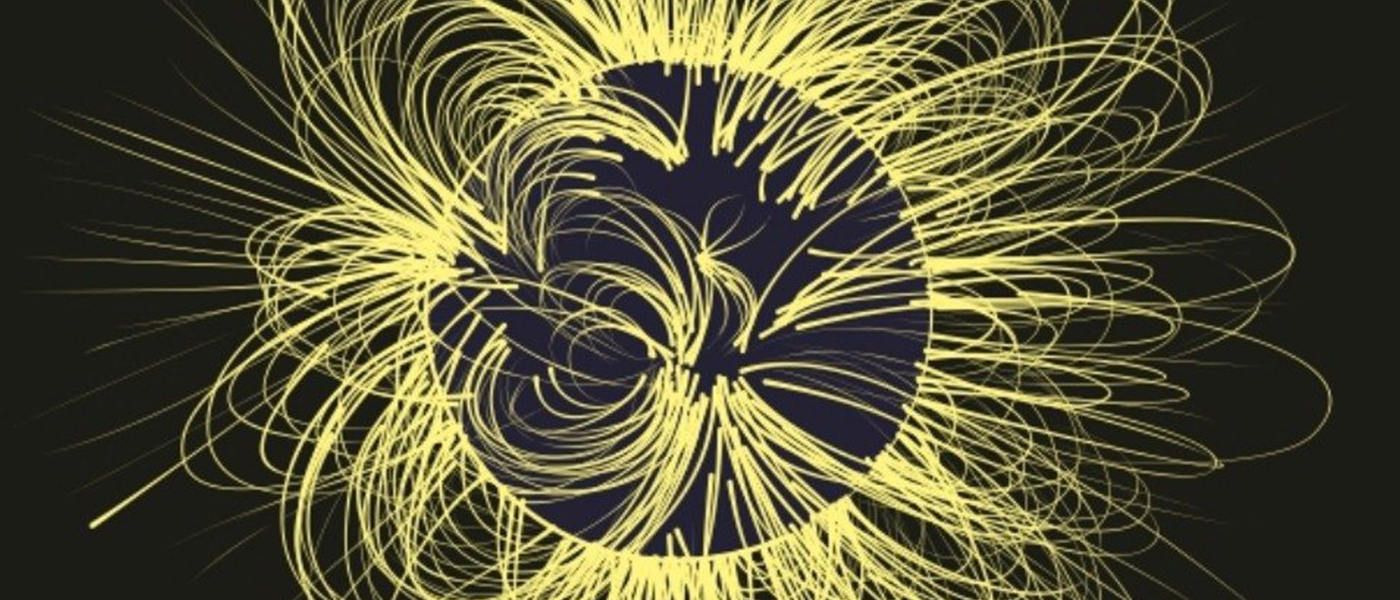The Faraday Effect
In the quest to harness the powers of the Faraday effect, which would allow better control and management of nuclear fusion as well as astrophysical processes in laboratories, researchers propose a new way to generate stronger magnetic fields.
The Faraday effect, also known as magnetic rotation, was first discovered by Michael Faraday in 1845, which showed a strange interaction between light and a magnetic field. Basically, an electromagnetic wave, such as visible light travelling through a non-magnetic medium, say water, would be affected by the presence of a constant electromagnetic field. The magnetic field would cause its polarization plane, or its geometric orientation, to rotate.
On the other hand, if this electromagnetic wave was passing through a magnetic medium when its polarization was altered, it generates a stronger magnetic field. And the stronger the electromagnetic wave, the stronger the magnetic field will be.
Watch the video below for a demonstration of this mechanism.
While it’s easy to achieve the Faraday effect using everyday materials, achieving the strong field required for nuclear fusion and astrophysical simulations is far more difficult. For half a century, it has been theorized that increasing the magnitude of magnetic fields to the levels required for such applications could be achieved if we had lasers strong enough.
But even then, there’s another problem: strong lasers cancel out the electron collisions, or absorption required by the Faraday effect.
Potentially Stronger than Neutron Stars
Researchers from Russia, Italy, and Germany propose a new way around this problem: upon using very high-intensity laser waves to create the high magnetic field, radiation friction should be introduced to achieve the absorption required in place of the electron collisions that have been cancelled out by the lasers.
Theoretically, this method can produce a very strong magnetic field. But how strong?
As of the moment, laboratories can create 108 Gauss (standard unit of measurement for magnetic fields), which makes controlling nuclear fusion a challenge. While an MRI can get up to 70,000 Gauss, and a neutron star’s surface magnetic field is around 1012 Gauss.
Their method could generate magnetic fields several giga-Gauss strong—one giga-Gauss is 1,000,000,000 Gauss.
Of course that is just the potential, it doesn’t mean that their experiments will reach those scales since the consequences of such strong magnetic fields are scary.
This means that they can recreate space conditions in a lab. "A new research field – laboratory astrophysics – has emerged relatively recently, and now it is very fast-developing," said one of the researchers, Sergey Popruzhenko from the Moscow Engineering Physics Institute in Russia. "Our work is of particular interest because it suggests new opportunities in this field."
While the calculations are very promising on paper, the researchers still have to conduct the actual experiment to see if it would work. Three facilities for testing the method are now under construction in the Czech Republic, Romania, and Hungary.
Share This Article
